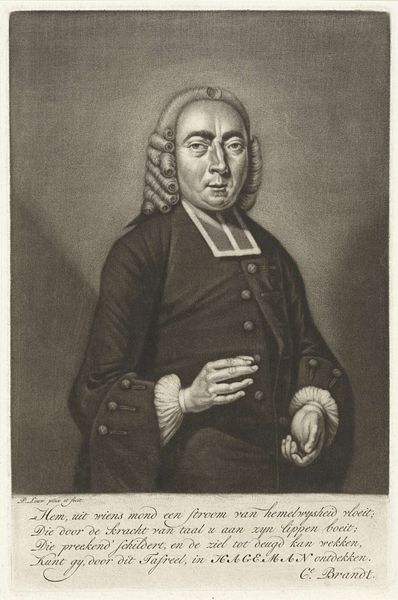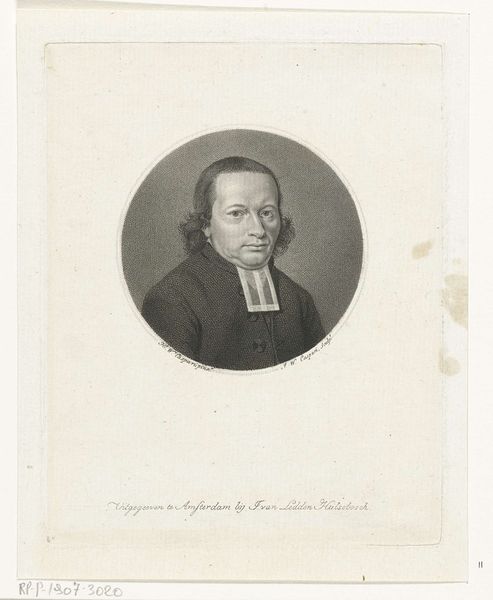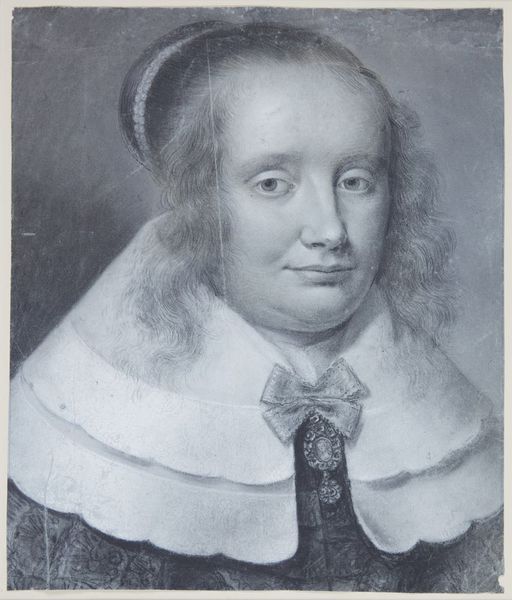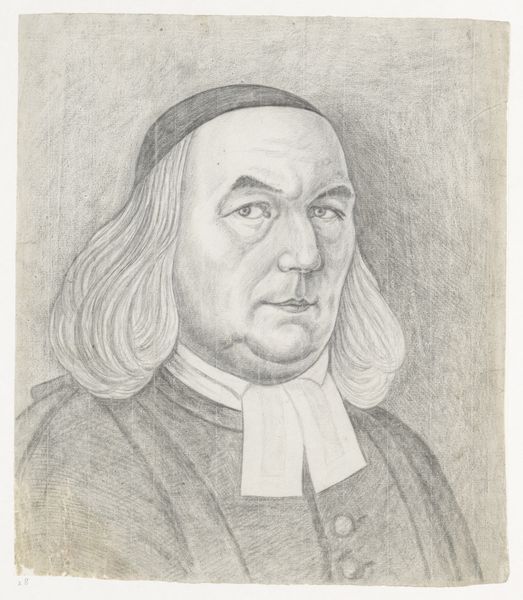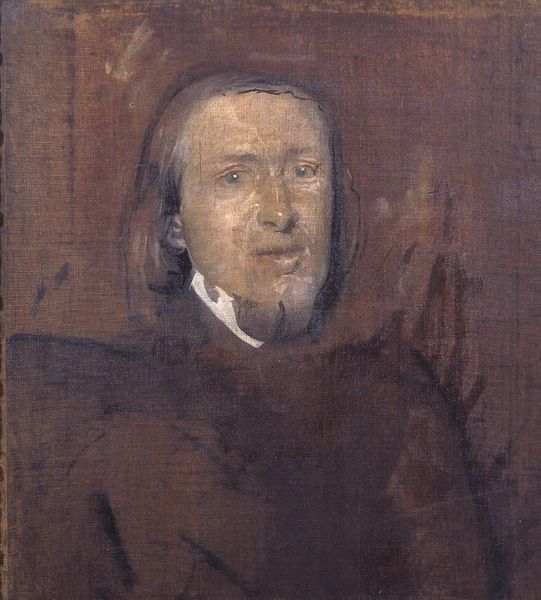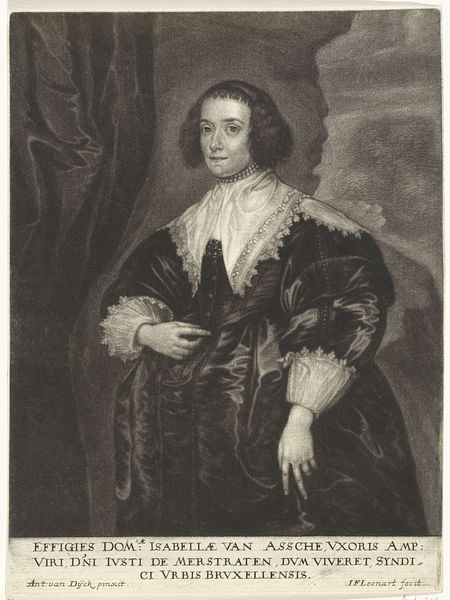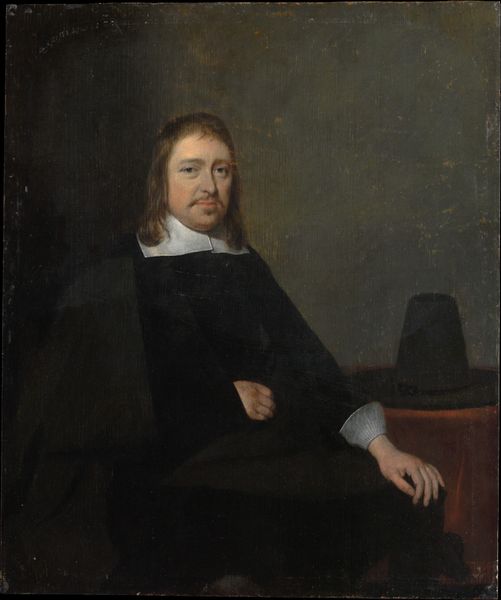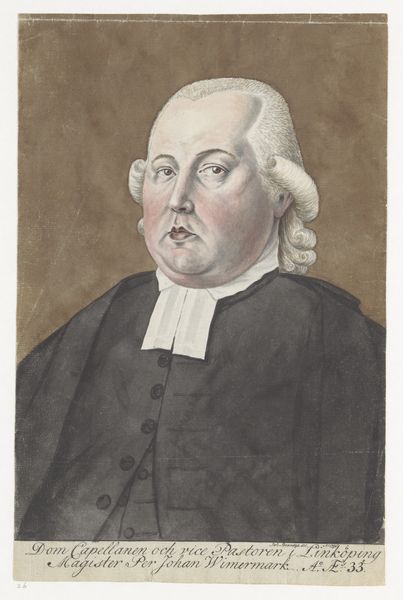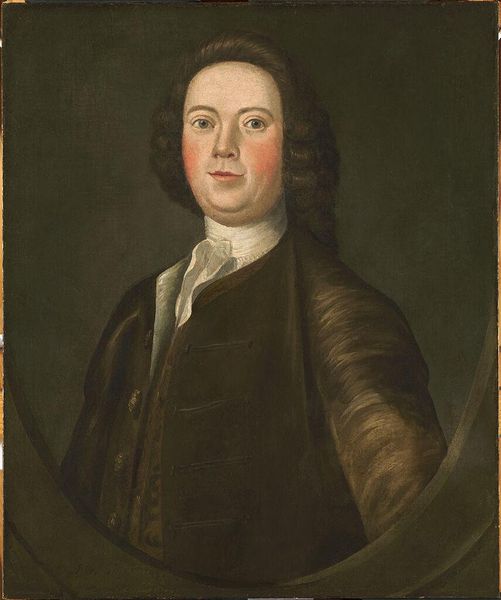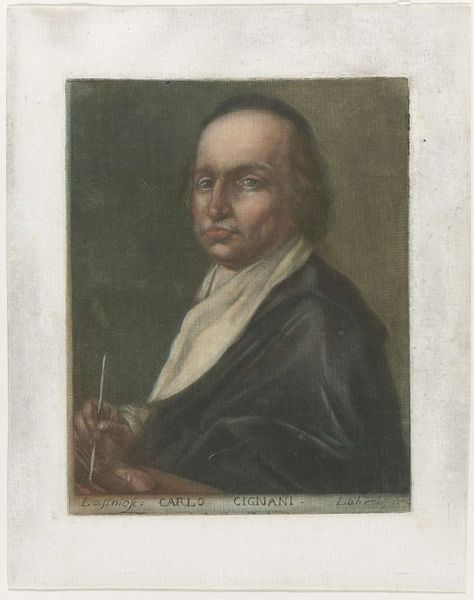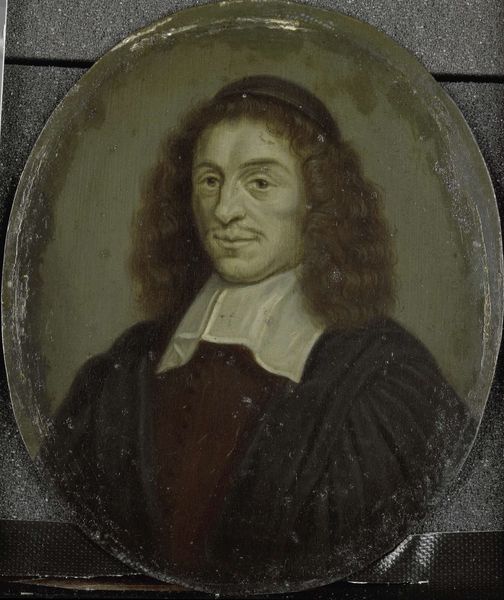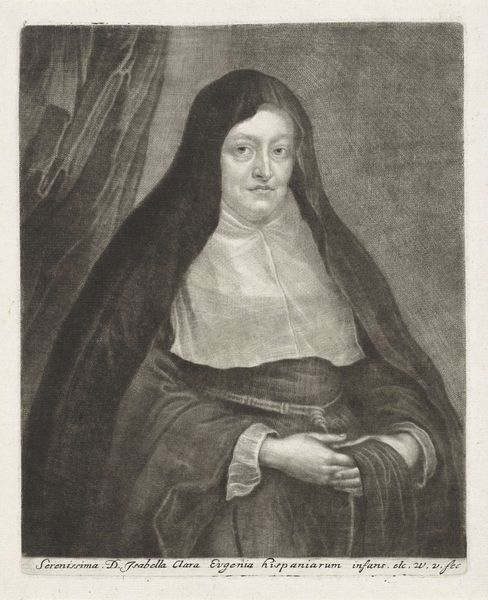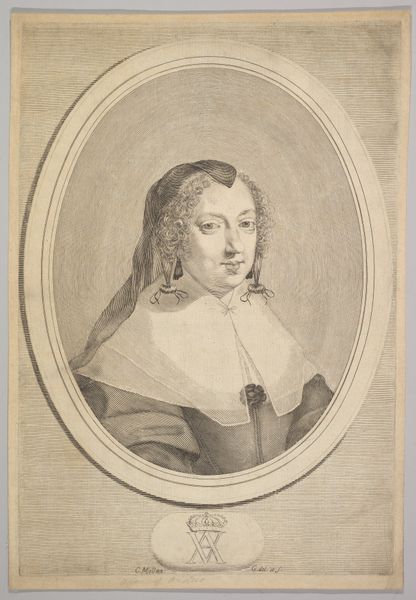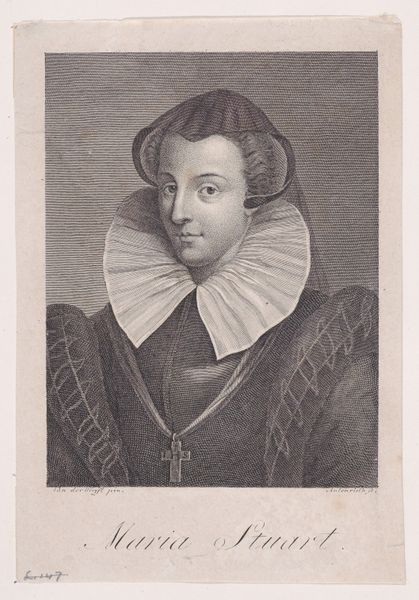
Dimensions: height 338 mm, width 257 mm
Copyright: Rijks Museum: Open Domain
Pieter Frederik de la Croix created this portrait of Reverend Baart around 1767 using chalk and watercolor. Look closely, and you'll see the delicate rendering of the Reverend's face, achieved through layering and blending of chalk. Note how de la Croix uses watercolor washes to create the subtle tonal variations in Baart’s clothing and background, providing depth. The paper’s texture interacts with the chalk and watercolor, creating soft edges and a gentle, diffused quality. Consider the social context: chalk and watercolor were relatively accessible materials, making portraiture available to a wider clientele beyond the wealthy elite who could afford oil paintings. While watercolor was used to add details and color, chalk allowed for efficient shading and modeling, a quicker and more economical process. This reflects a shift towards a broader market for art, driven by the growth of the middle class and the increasing demand for personal representation. The use of these materials democratizes art production, challenging traditional hierarchies between fine art and more accessible forms of portraiture.
Comments
No comments
Be the first to comment and join the conversation on the ultimate creative platform.
